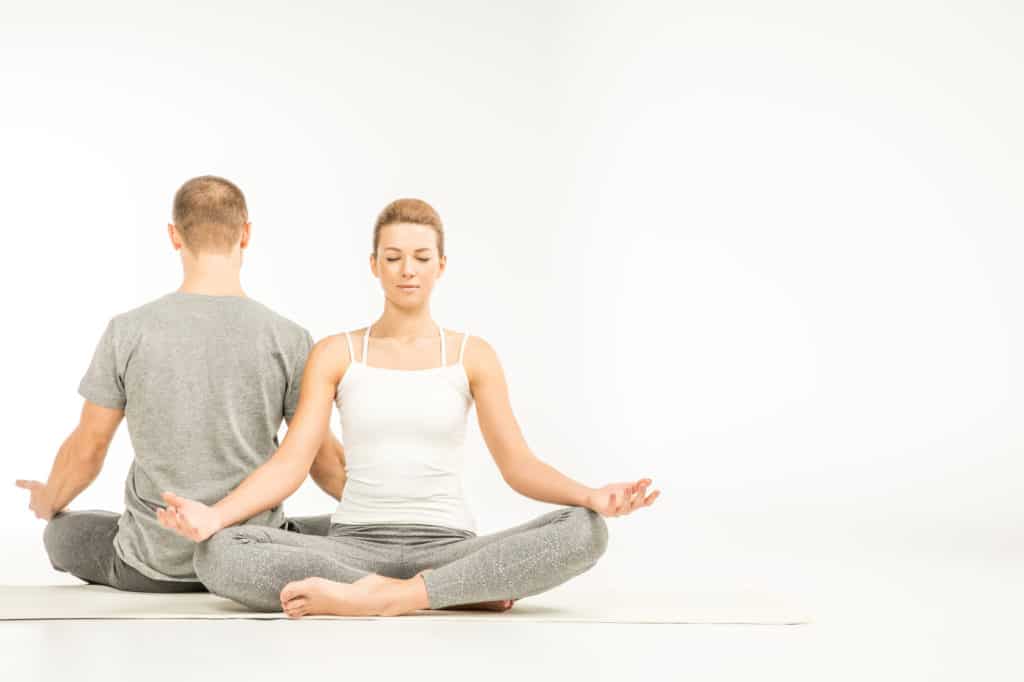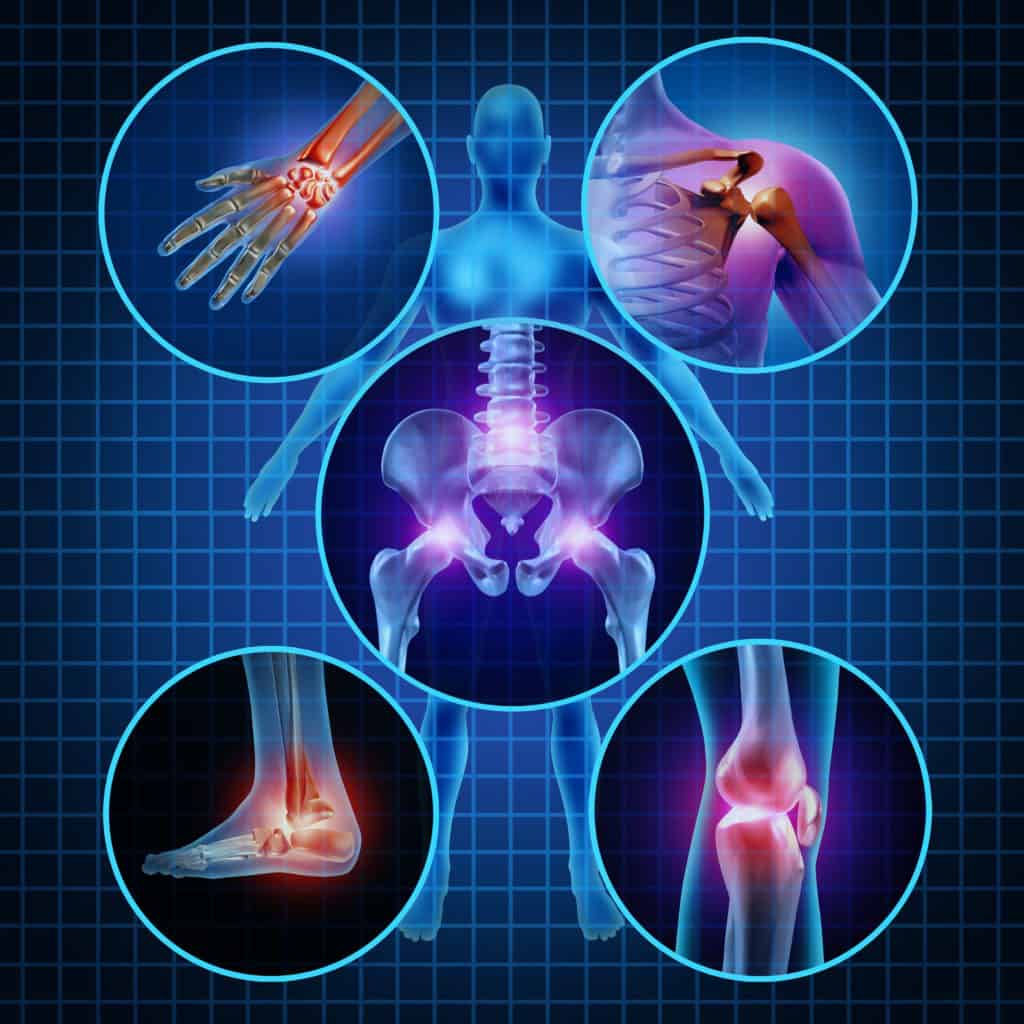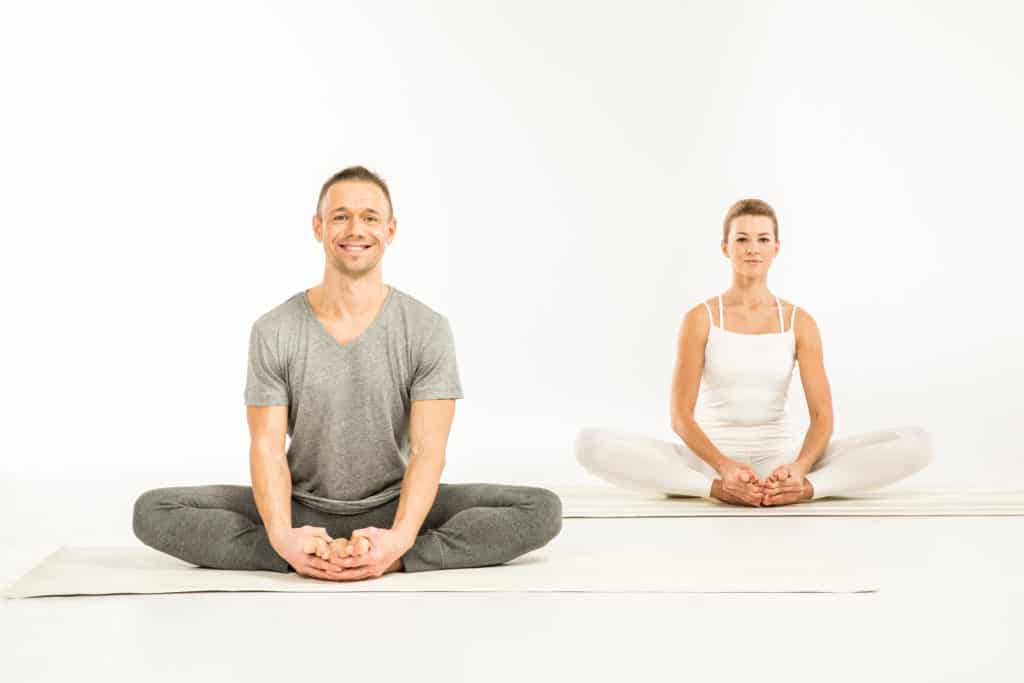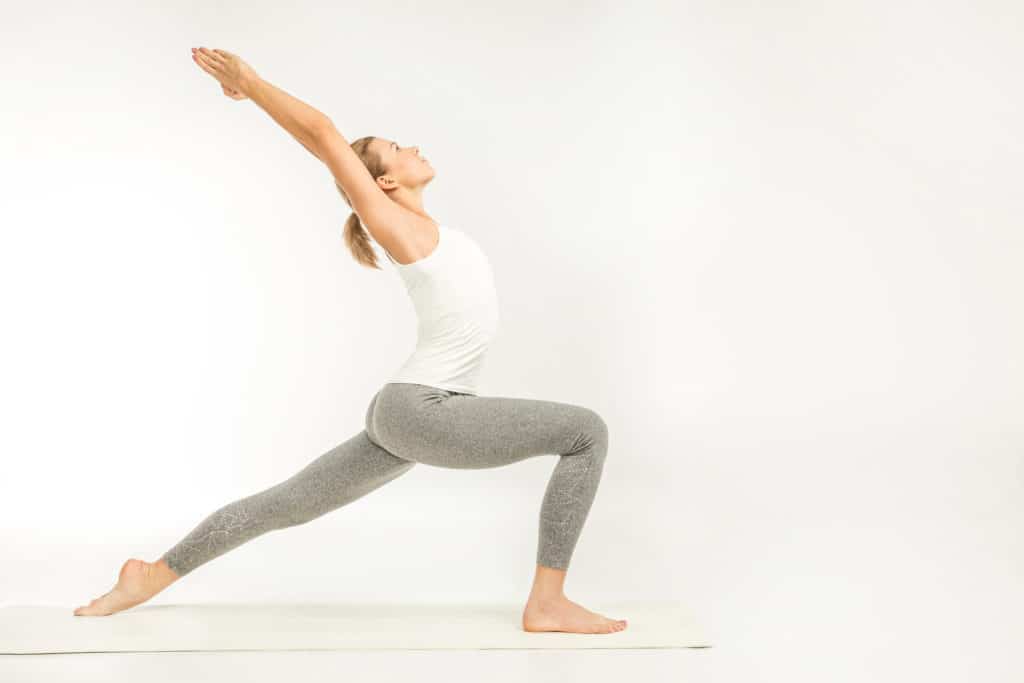
Yoga (as practiced in the Western world) is a movement practice that keeps the body’s connective tissue (fascia) moving and flexible. It can help with stress and anxiety too. But the question we’re examining in today’s blog is whether yoga provides the same type of “Myofascial Release” as Myofascial Release Therapy sessions?
More Blogs From Release Works
Who Is John Barnes
What Can Myofascial Release Therapy Do For My Emotional Trauma?
Are There Side Effects To Myofascial Release Therapy?
The answer is yes AND No.
Here’s why…
What is Fascia?

Your body contains an expansive three-dimensional network of connective tissue with no end and no beginning. It runs the length and breadth of your body, like a spider’s web or net of connective tissue that encases everything.
It wraps around your heart, lungs, biceps, and buttocks to your abdominal muscles, spinal column, and fat cells. Without fascia – apart from not being able to walk, talk, sit or stand because you’d have nothing holding your bones and muscles together.
You also wouldn’t live very long because numerous pathological viruses and bacteria would invade your body because the fascia also protects the skin and deeper tissues from infection. It’s an incredible system.
Fascia is the catch-all term for this all-encompassing network. But we can break it down into three different types of layers of fascia – all with different roles and responsibilities; Namely, the visceral, deep, and superficial fascia.
The visceral fascia surrounds and supports our organs. The deep fascia encases and protects our muscles, bones, joints, and ligaments. And the superficial fascia is the layer of connective tissue that lies right beneath our skin. This layer protects us from pathological invaders and keeps our bones, muscles, and visceral organs safe from damage.
Fascia is a mix of collagen and elastin fibers that make it super-flexible – able to bend, stretch, flex, extend, and contract as our bodies and lives demand. It also withstands impact, bouncing back from physical and emotional bumps in the road and collisions like the shock absorber on your car. And it isn’t just dead tissue either. It’s a living, breathing (well, almost) and sensitive “thing” with immune cells, a circulatory system, and nerves – sending messages to and from the brain.
Without it, you’d be nothing, literally – just a bag of flesh and bones – unable to walk, talk, work, or play sports. But in all seriousness, when your fascia is supple and healthy, hydrated, and unrestricted – your body, mind, and nervous system are healthy too.
Over time, and the twists and turns of life – the traumas, the illnesses, the accidents, and chronic stress all indent into our fascia and leave a scar. Over time, this causes the fascia to become stiff and dehydrated and for restrictions to form – and as everything is connected: your entire body follows suit. Your mind and body become stiff and restricted too. Rigid thinking, depression, and anxiety set in, and chronic pain set in.
So, what can we do to keep the fascia healthy?
Yoga?
How Yoga Keeps Fascia Healthy

But It’s Only Half The Story
If – like it is in India and other South Asian countries – Yoga and a yogic approach to sitting, standing, thinking, and moving are practiced from childhood as part of the culture, instead of a means to an aesthetic end as it is in the West, then Yoga could be the whole story on how to keep your fascia healthy. But in most of the cases we see in the Release Works clinic, the fascial restrictions we find in muscles and soft tissues are too deep. Too ingrained to be released with yoga alone.
Once we get to 35-years-old and over (sometimes even younger), our bodies are already stiff. Our tissues are dehydrated from chronic stress – trauma and tragedies, poor posture, sedentary lifestyles, and lack of movement, with all our painful old memories, wounds, and scars imprinted like rubber stamps into our fascia.
To attempt to start using yoga to try and cure chronic pain at this stage is a bit like locking the stable door after the horse has bolted. At this point, your body needs additional support from a Myofascial Release Therapist to rehydrate the tissues. But a daily yoga practice can go a long way towards keeping your fascia healthy, especially if you do it in conjunction with Myofascial Release Therapy sessions.
Here are our favorite yoga asanas to keep the fascia healthy:
Forward Fold (Sanskrit: Uttānāsana)
This asana is one of our favorite yoga poses for myofascial release because it helps release built-up tension in your upper and lower back and neck.
How To: Stand upright with your feet hip-width apart and allow your body to bend forwards until you’re hanging with your arms either touching the floor or hanging freely. You can keep your legs straight or do it with a slight bend in your legs, whichever is most comfortable for you.
Downward Dog (Sanskrit: Adho Mukha Śvānāsana)
Another simple yoga pose to release tense and tight muscles and relax the body is the downward-facing dog. Experienced yogis consider it a “resting pose.” Still, if you’re new to yoga or exercise in general, it can be a bit tough, especially on the wrists. If you feel any pain whatsoever, come out of the pose and rest.
How To: Begin the pose on all fours with your hands shoulder-width apart and your knees behind your hips. Spread your fingers wide on the mat for extra support, tuck your toes and use the strength in your legs to slowly raise your hips into the air – until your hands and feet are flat on the mat and your hips are the “top of the triangle.” Rest there and allow your body to relax and your superficial fascia to release as much as possible.
Extended Child’s Pose (Sanskrit: Utthita Balasana bālāsana)
One of the mistakes we make in the western world when trying to extrapolate the benefits of yoga is to overcomplicate things. Yoga doesn’t have to be fancy or complicated. Sometimes, the most unassuming pose has the most profound benefits, especially when relaxing and “releasing” tight muscles and fascia. This theory is especially true for child’s pose. There are a couple of variations of child’s pose. The version we’re describing here is extended child’s pose, which is excellent for beginners.
How To: Again, begin the pose on all fours. Extend your knees outwards so they’re just outside the outer edge of the mat on both sides. Then, sit back on your knees (as far as you can) before reaching your hands forward and resting your forehead on the mat. Rest here for as long as possible as your mind, body, and fascia relax, release, and rehydrate.
However, if you haven’t tried yoga before, we recommend that you find a beginner’s yoga class to learn the basics, either in person or via a live stream you can join via Zoom, so the yoga teacher can suggest moderations to the poses and correct your form. There are on-demand classes available on various websites and YouTube. However, they don’t offer this level of personalization, which is essential if you have injuries or physical limitations. The critical thing to remember is to take it easy. Please don’t go crazy and throw yourself into advanced movements before you’ve got a handle on the basics. We see many people with injuries from doing yoga. Take it slow to begin.
As with all forms of exercise, it’s advisable to check with your doctor before commencing any new exercise routine.
What Is The Difference Between Yoga and Myofascial Release Therapy

Yoga can help keep your body moving and go some way towards myofascial release. But it can’t undo decades of stress, tension, desk work, and scar tissue, and it’s unlikely to cure chronic pain on its own.
So, what can Myofascial Release Therapy do that yoga can’t?
Well, myofascial release therapy works on a much deeper level. It can provide what it would take you decades (if not the rest of your natural life) to achieve with yoga alone. Yoga, of course, can help you cope and compensate for physical restrictions – strengthening muscles around “weak knees,” for instance. But myofascial release therapy more directly seeks and finds the root cause of your sore knees and takes steps to correct the long-standing dysfunction.
I suppose Myofascial Release Therapy is like selecting the faster route on Google Maps instead of getting stuck behind traffic restrictions. But when you do the two together. By cultivating a daily yoga of self-myofascial release practice alongside myofascial release therapy, then you’re flying, and chronic pain will soon be a thing of the past for you.
Would you like some extra support to conqueror your chronic pain problems?
Have you tried yoga, self-myofascial release, and mobility routines, but you’re still in pain? Don’t worry. All is not lost. We can help. Book a free consultation with one of our Myofascial Release Therapists to find out exactly how we can help you. Just complete the form, and we’ll be in touch soon.

